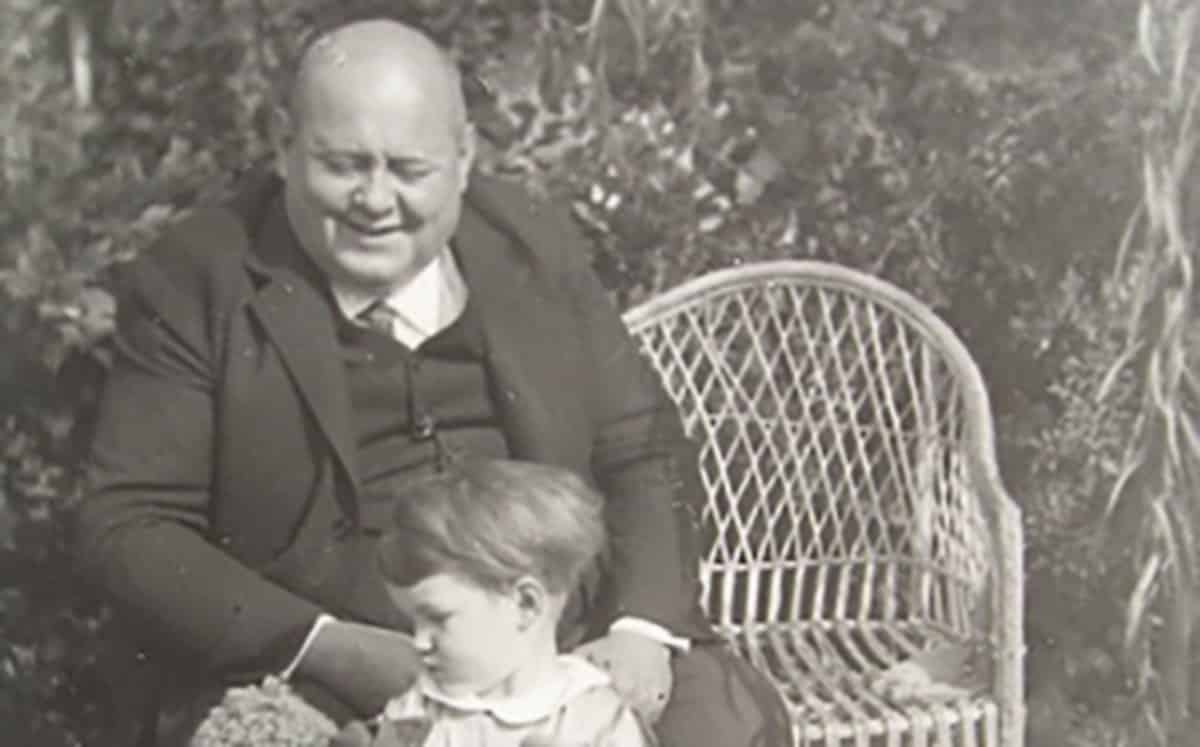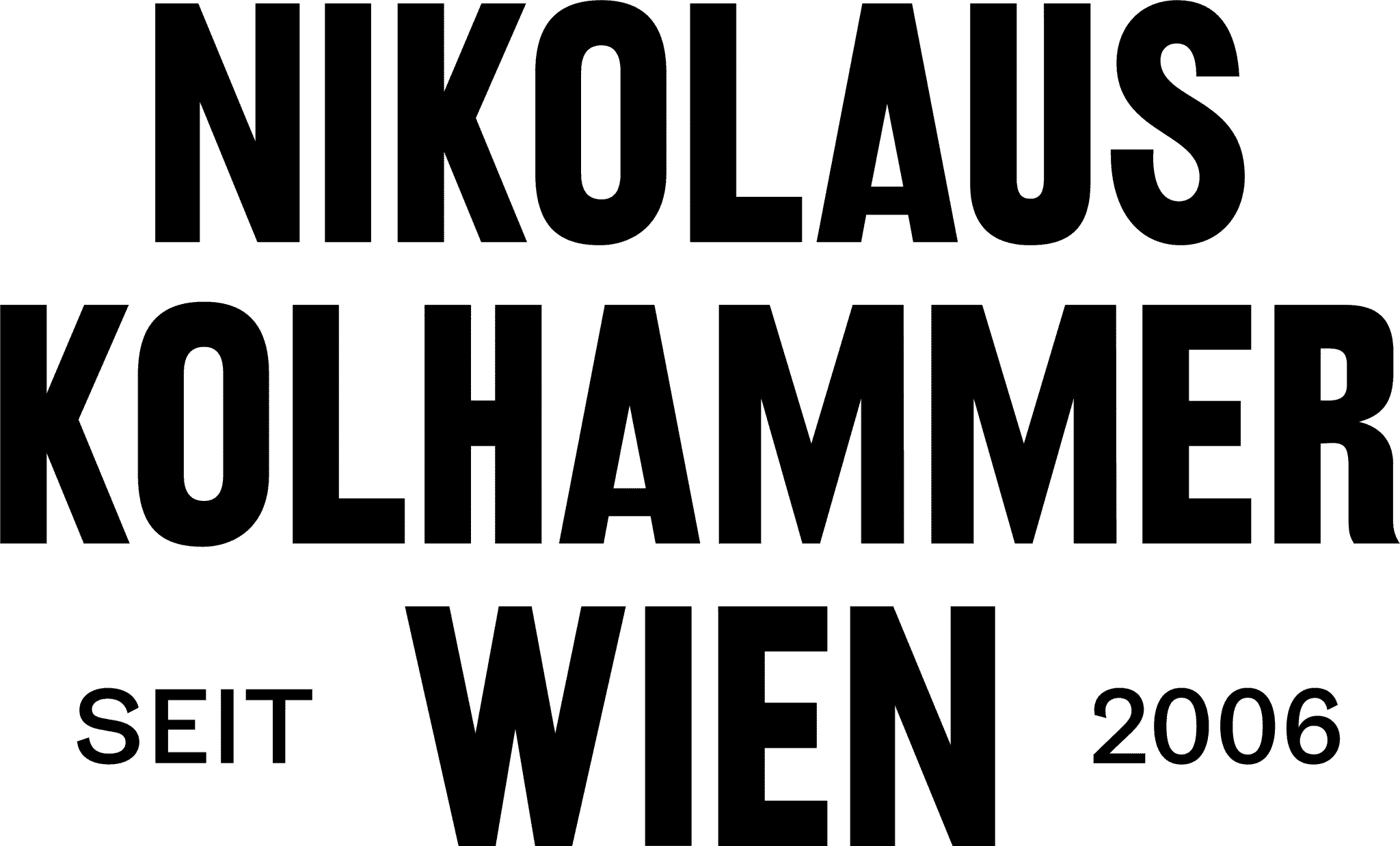In the middle of the 19th century, Emperor Franz Josef I ordered the bastions of the first district to be dismantled to build the magnificent Ringstrasse. From 1858 to 1874 Vienna was a huge construction site and during that time the world-famous buildings of today’s Vienna Ringstrasse were built, including the museums, the theatres or the City Hall.
It was a time of prosperity and all these new projects offered artists and craftsmen many opportunities for work. The Viennese arts and crafts experienced an unprecedented heyday. There was also a technical breakthrough in bronze casting. The costly lost-wax casting process was replaced by the sand-casting process. This meant that the casting mold remained intact and a figure could be recast indefinitely. The economy flourished and from then on bronze and iron objects could be mass produced on an industrial level. The rising and increasingly wealthy middle classes were paying customers.
Almost at the same time, Carl Hagenauer began his apprenticeship at the Viennese silverware factory Würbel & Czokally. He received a classical education in historically oriented designs, especially the Renaissance. The silverware factory specialized in “decorative art objects” such as centerpieces, bowls and cups.

After completing his apprenticeship with the master goldsmith Bernauer Samu in Bratislava, he not only founded his first workshop in the economic center, but also a family.
A few years later, however, he and his family were drawn back to Vienna, where he opened his own workshop at Zieglergasse 39. The clientele in Vienna and the opportunities that unfolded at the turn of the century were simply more abundant in the capital.
At first, he designed classical Viennese bronze ware based on models from antiquity, the Renaissance and the Baroque. It was everything that corresponded to the taste of the time.
But with the advent of Jugendstil in Vienna, Carl Hagenauer found his true passion. Asymmetrical design and flowing lines, the characteristic elements of Jugendstil, found their way into his craft. From then on, Carl Hagenauer produced bronze figures, reliefs and lamps in this increasingly popular art movement. Not only in Vienna, but throughout Europe he became one of the most sought-after artists in the metal-working arts and crafts scene.
Carl Hagenauer enabled his children to build on his success and provided them with the best possible education. His son, Karl, was enrolled in the School of Applied Arts. There he attended Franz Cizek’s popular youth art course. In 1912 Karl began his regular studies in architecture and was taught by masters such as Josef Hoffmann. But in 1916, like all young men in Europe, Karl too, could not outrun his fate. He was drafted into the military, but quickly found himself in Italian captivity, and when he returned to Vienna in 1919, he was able to finish his studies.

After successfully completing his studies, Hoffmann commissioned his former student to create objects for the Wiener Werkstatte. He designed a large number of ivory objects, which were made by a carver in Hagenauer’s workshop. Due to their ornamental density and style, the resulting creations were very reminiscent of Dagobert Peches and were also erroneously attributed to him for some time.

The product range of the Hagenauer workshop grew rapidly in the 1920s. In addition to tin boxes, bowls or writing sets, candlesticks, table and floor lamps were now also produced and sold. Among them are a pair of candlesticks, which are currently on sale in the Nikolaus Kolhammers Gallery. In 1928 they appeared in the sales catalog, but since they are not yet marked with the typical company signet ,,wHw” in a circle, they could be dated to 1920.
The pair of candlesticks, made of solid brass, are an excellent example of what Karl Hagenauer oriented himself by in the period after the First World War. Geometric patterns and the curved shape of the candlesticks go hand in hand with the ornaments. Those stylized animal figures and the flower-like designed spouts are reminiscent of the works of Dagobert Peches. In the formal language, the influence of the Wiener Werkstatte is clear.


At the same time, however, geometric contours are already asserting themselves in this work. Moreover, the pure form of the candlesticks begins to dominate over the functionless ornament. Here, the animal figures are entirely decoration, yet they appear elegant and playful, in harmony with the pair of candlesticks. The uniformity of the feet and arms already indicate early Art Deco design, they are a wonderful example of Karl Hagenauer’s early style.










